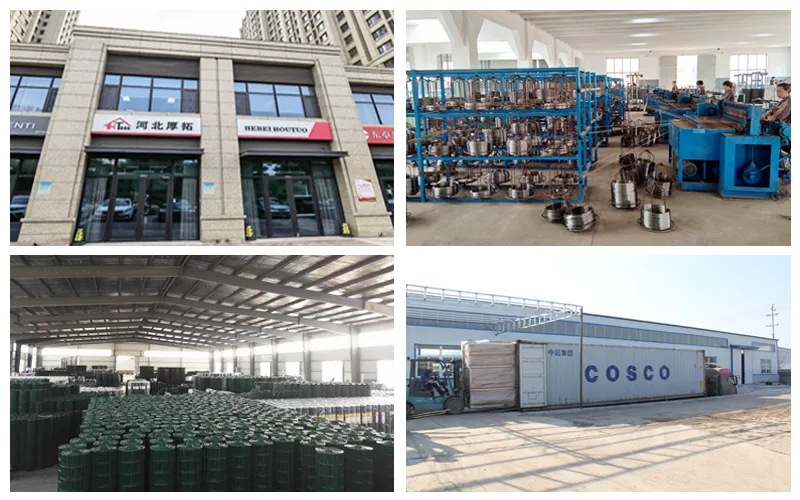Joining Round Timber Posts Techniques and Best Practices
Joining round timber posts is an essential aspect of carpentry and construction, particularly in landscaping, fencing, and agricultural applications. Round timber posts are favored for their aesthetic appeal and natural look, but their unique shape poses specific challenges when it comes to joining them together. In this article, we will explore various methods for joining round timber posts, the tools required, and best practices to ensure a strong and durable connection.
Understanding Round Timber Posts
Round timber posts come from trees that have been cut and processed into cylindrical shapes. They are often preferred for outdoor structures because of their rustic appearance and structural integrity. Common uses for round timber posts include fences, pergolas, and various outdoor frameworks. However, their rounded shape can make them more difficult to connect securely compared to square or rectangular timber.
Common Joining Techniques
1. Lapping Joint One of the simplest ways to join round timber posts is by using a lapping joint. This involves overlapping the ends of two posts and securing them with screws, bolts, or nails. To create a more secure connection, the ends of the posts can be cut at an angle to create a larger surface area for joining.
2. Brace and Post Connection This technique involves using a diagonal brace to connect two round posts. The brace is typically made from a smaller piece of timber that is fastened to the posts at a specific angle, providing additional support and stability. This method is commonly used in fence construction for added strength against lateral forces.
3. Scarf Joint When extending round timber posts in length, a scarf joint can be a suitable option. This technique involves cutting the ends of the posts at complementary angles, then joining them with adhesive and mechanical fasteners like bolts or screws. A well-executed scarf joint distributes stress evenly along the connection, providing a strong bond.
4. Tapered Joinery A tapered joint is effective for creating a seamless connection between round timber posts. This technique involves shaping one end of the post to fit into a corresponding tapered cavity in another post. Adhesive and dowels can be used for reinforcement, creating a clean and strong bond.
Tools for Joining Round Timber Posts
joining round timber posts

To effectively join round timber posts, a range of tools is helpful
- Saw A circular saw or hand saw is essential for cutting the timber posts to the desired length and shaping the ends for joints. - Drill A power drill will be needed for making holes for screws or bolts when joining the posts. - Chisel For precise shaping of the post ends, a chisel is useful, especially for creating tapered joints or tuning the fit of lapping joints. - Clamps Clamps can help hold the posts together while the adhesives set or while you secure the joint with screws or bolts. - Measuring Tools Accurate measuring tools, such as a tape measure and square, are crucial for ensuring precision in cuts and joins.
Best Practices for Joining Round Timber Posts
1. Preparation Start by ensuring that both ends of the posts are clean and free from dirt or debris. This preparation helps create a stronger bond, whether using adhesive or mechanical fasteners.
2. Precision Cutting Make accurate and precise cuts to ensure that the joint fits well. A snug fit will reduce movement and stress on the connection.
3. Use Quality Materials Choose high-quality adhesives and fasteners that are suitable for outdoor use. Corrosion-resistant materials can significantly enhance the durability of the joint.
4. Test Your Joints Before final installation, test the strength of the joints. This can help identify any weaknesses and provide an opportunity for correction before the structure is fully assembled.
5. Consider Environmental Factors Round timber posts in outdoor settings should be treated for weather resistance. Using treated or naturally rot-resistant wood types can prolong the lifespan of your posts and joints.
In conclusion, joining round timber posts effectively requires knowledge of various techniques, proper tools, and adherence to best practices. Whether you are building a fence, a pergola, or another outdoor structure, with the right approach, you can create strong and visually appealing connections that withstand the test of time.
















